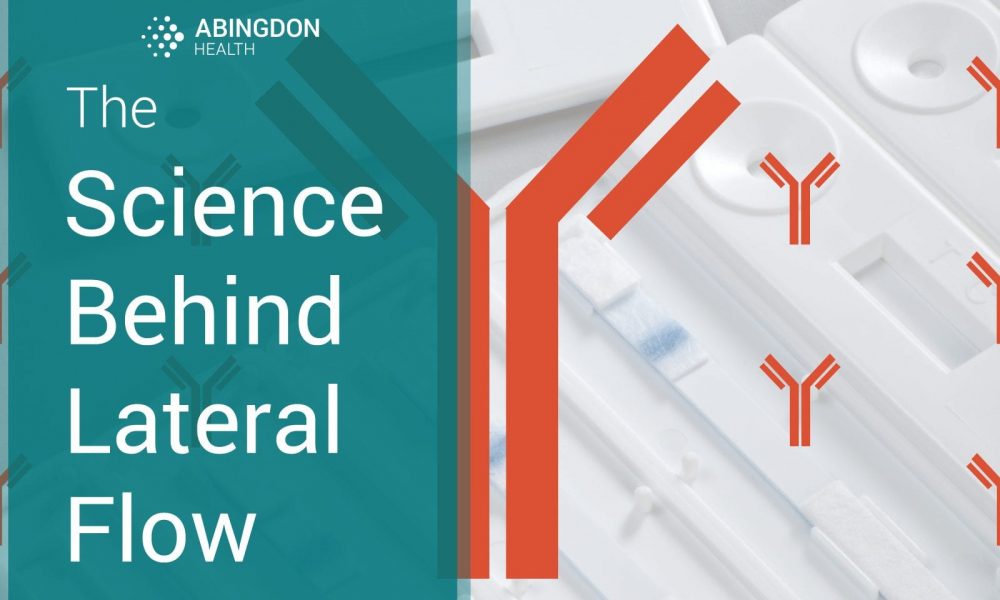Nina Garrett once again shares her knowledge of lateral flow assay development during our Science Behind Lateral Flow Series. This time, Nina explains what assay development scientists do when applying antibody materials to lateral flow assays.
When developing a lateral flow test, typically we encounter several scenarios surrounding antibody selection. Nina explains the different scenarios:
1. “Our client has already selected an antibody or the antibody has been proven in another assay format, such as ELISA, and our client would like to use the antibody in lateral flow.”
2. “Commercial antibodies require sourcing so our client can use the antibody for a rapid test that will complement their product portfolio.”
3. “Our client is working on a novel lateral flow test and a new antibody needs developing.”
Evaluation, evaluation, evaluation!
It is not as simple as, ‘any antibody will do’. Antibodies are complex and it requires significant expertise to configure them for use in a lateral flow test. So, it is important to understand how an antibody will behave and interact with the assay’s components such as the labels, for example.
Nina continues:

“With each scenario, assessing the suitability of the antibody is critical for successful assay development. With Scenario 1, we need to ensure the antibody selected by our client will be appropriate for use in lateral flow. Or if the antibody is being used in another diagnostic format, such as ELISA, we need to make sure configuration translates directly into lateral flow.”
“Evaluation of the antibodies in all orientations i.e. as both capture and detector reagent, is necessary to ensure the optimum test configuration is selected.”
“In Scenario 2, when sourcing commercial antibodies, we would typically recommend that several antibodies are selected for initial studies. By selecting several antibodies, it allows our assay development scientists to evaluate these as capture and detector reagents in a matrix format and select the optimal pair.”
“When working in Scenario 3, the same evaluation criteria applies once the antibody has been developed. However, additional experience and expertise is required. It is important to understand what is needed to ensure antibodies are developed appropriately for use in the lateral flow format and that antibody testing methods are efficient.”
When does antibody evaluation take place?
“In all of the Scenarios mentioned [above], selecting the capture and detector antibodies takes place during the initial Proof of Concept phase of development. Once assessment has taken place, the preferred antibody pair will be selected based on performance against the criteria outlined in the Product Requirement Specifications (PRS).”
Learn more
Thank you once again to Nina for offering great insight into the process of selecting antibodies for lateral flow assays.
The next edition of Science Behind Lateral Flow Series will be shared on LinkedIn or Twitter. Be sure to follow us. Also, feel free to register your email to receive these articles directly to your inbox.
Additional information about developing and manufacturing lateral flow assays can be found on our services pages.

